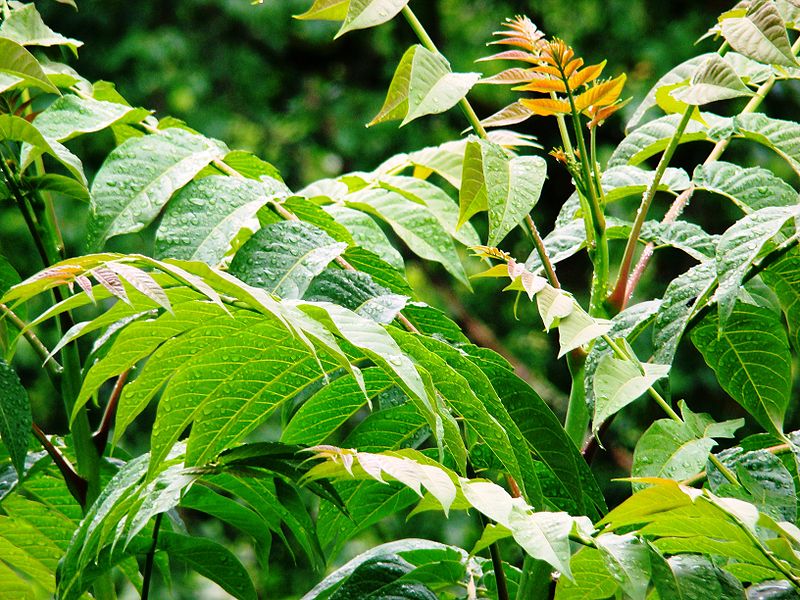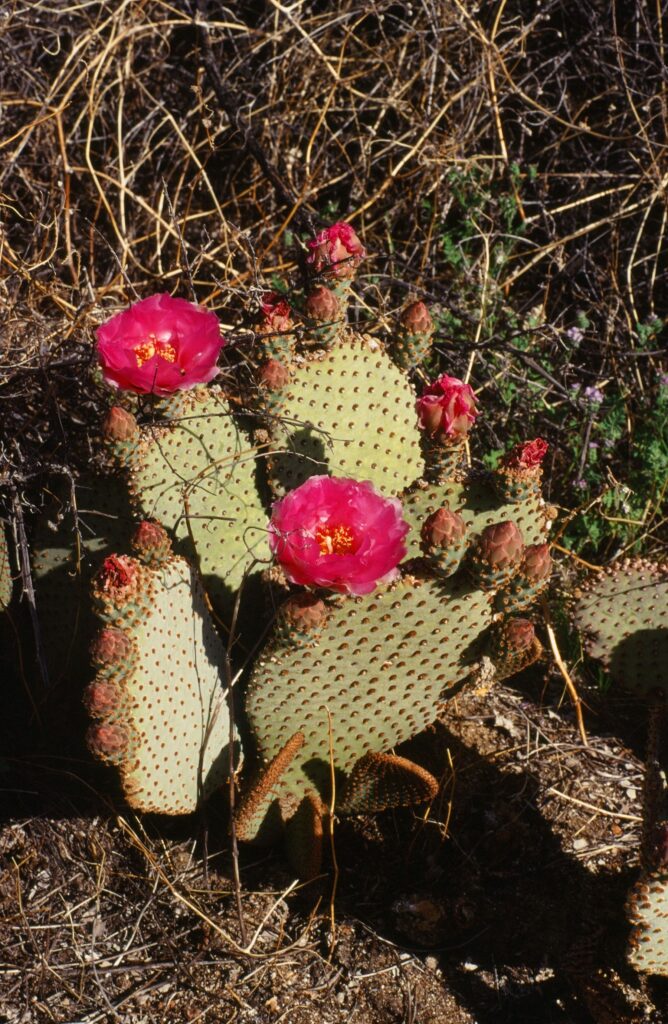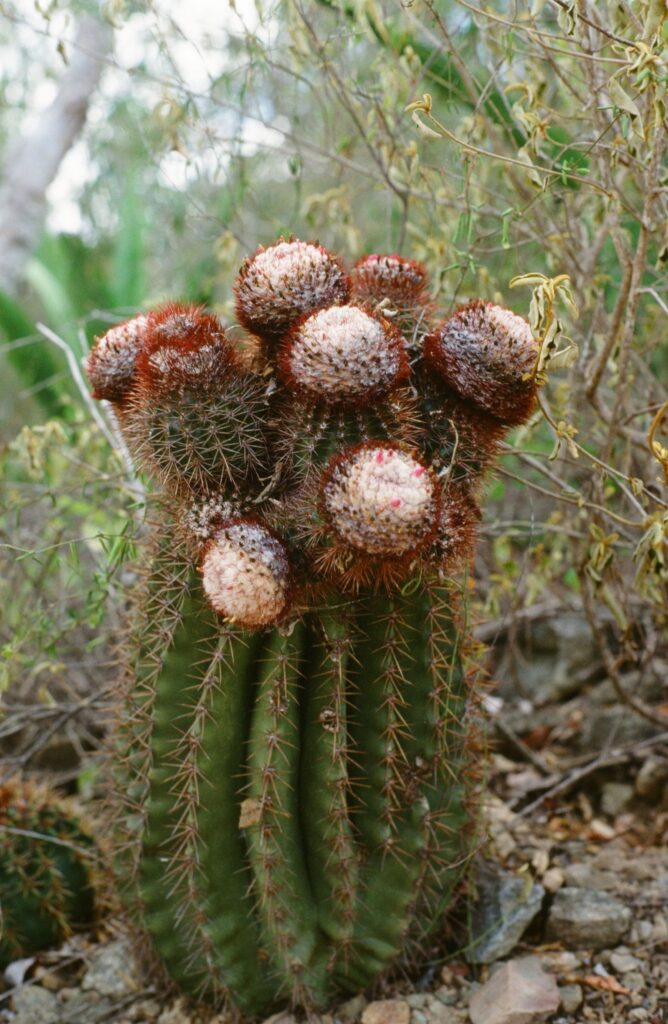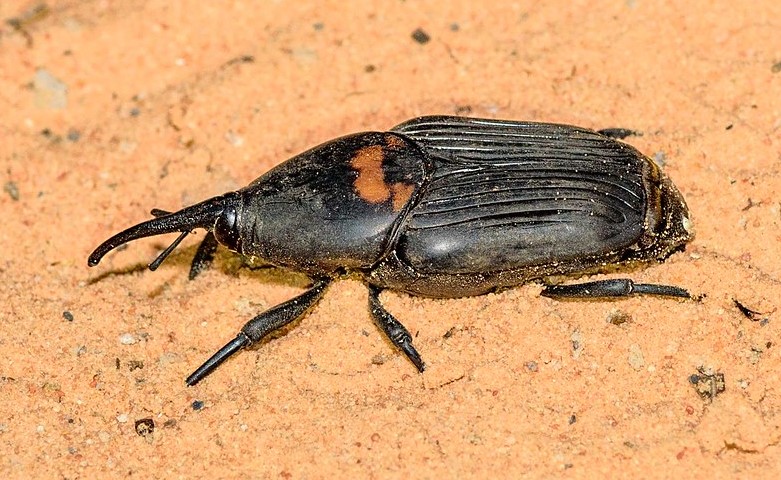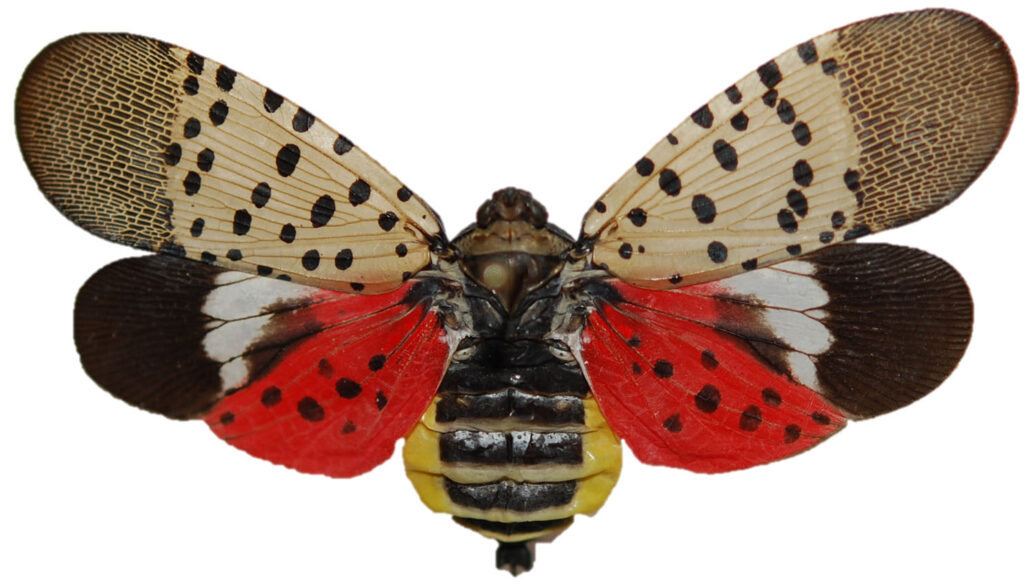
I am belatedly reporting on the forest-pest projects funded by annual grants under the Plant Pest & Disease Management & Disaster Prevention Program ( of the Plant Protection Act). As usual, APHIS funded projects totaling $62.975 million in FY24. In total, 353 projects were funded. These projects represented 70% of the 504 project proposals submitted (the total funding sought was $106 M).
APHIS reserved $11 million for responding to P&P emergencies. I applaud this choice since the agency’s annual appropriation provides only a completely inadequate $1 million (or less) to cover emergencies.
APHIS notes that since initiation of the Plant Pest & Disease Management & Disaster Prevention Program in 2009, it has funded more than 5,500 projects with a total of nearly $870 million.
In FY24 the program funded 30 more projects than the 322 projects funded in FY23. blog 320 The FY24 allocation provides more than $1 million more for goal area 1S — Enhance Plant Pest/Disease Survey (from $14.4 million to $15.7 million). This was balanced by small decreases for the other goal areas: enhancing mitigation capabilities received $13.6 million; inspections at domestic sites important in invasive species’ spread received $6.3 million; pest identification and detection received $5.3 million; and outreach and education received $4.1 million. Projects safeguarding nursery production and those improving pest and disease analysis each received about $2 million.
By my calculation – subject to error! – about $7.5 million went to projects clearly dealing with forest pests [12% of total funding]. This is a welcome increase from FY23 – when funding of such projects reached about $6.5 million (a little over 10%). blog 320 Funding for tree pest projects might be higher. Some $1.9 million is allocated to surveys of grapevines and orchards — hosts of the spotted lanternfly (SLF). However, it is not clear whether these projects are focused on detecting and managing SLF; they might have a much broader goal. If we do include these projects, the total for tree-killing pests rises to $9.4 million — nearly 15% of the total.
Over both FY23 and FY24, the majority of funds went to similar topics: survey and management of sudden oak death in nurseries; surveys for bark beetles, Asian defoliators, and forest pests generally; and outreach programs targetting the spotted lanternfly. In FY24, just under $100,000 paid for efforts to develop tools for rapid detection of laurel wilt link to DMF in avocados – that is, in a crop rather than the natural environment.
No projects addressing tree or forest pests were funded in seven states or territories: Guam, Idaho, Nebraska, New Mexico, Rhode Island, South Dakota, and Utah. This was three fewer states than in FY23. In neither year do I know whether these states submitted proposals in this category that ended up not being funded.
In FY24, spotted lanternfly is by far the pest addressed by the most projects. As noted above, I can’t be precise about the number because of the lack of information about the 23 projects that fund pest surveys of grapes and/or tree crops that are SLF hosts. Eleven projects named SLF specifically. A final project (not included in above) is one funding registration of Verticillium nonalfalfae as a biocontrol for Ailanthus altissima – an invasive tree that is the preferred host of SLF.
The District of Columbia, Kansas, Missouri, and Oklahoma each had one tree pest project funded. In the cases of Kansas and Missouri, the single project was surveys for thousand cankers disease of walnut. Three other states — Iowa, Maryland, and Pennsylvania — also obtained funding to survey for TCD.
The single Oklahoma project concerned efforts to ensure that the sudden oak death pathogen(Phytopthora ramorum) is not present in nurseries. (An Oklahoma wholesaler was one of the hubs of this pathogen’s spread to 18 states in 2019). Eleven other states were also funded to survey their nurseries for P. ramorum: Alabama, Kentucky, Louisiana, Nevada, North Carolina, Ohio, Pennsylvania, South Carolina, Virginia, and West Virginia. P. ramorum is a “program pest” in 2024. That is, APHIS had designated it as a regulated pest for which the agency wished to fill knowledge gaps about its distribution. I note that last year APHIS published a risk assessment that downplayed the likelihood that P. ramorum would establish in the eastern states. Is APHIS seeking more information to test this conclusion?
In a separate case, Oregon received $76,000 to evaluating the threat to nurseries and forests arising from the presence in the state’s forests of two strains or lineages of P. ramorum that previously had not been extant in the environment of North America.
Another approximately 53 projects fund surveys for tree pests other than spotted lanternfly; these are often fairly general surveys, such as for woodborers or “Asian defoliators”. About ten projects fund management efforts – including evaluation of the efficacy of emerald ash borer biocontrol programs.
Last year I noted that two states – Mississippi and Nevada — had projects to survey the “palm commodity”. Hawai`i joined this group in FY24. The project descriptions don’t specify which pests are the targets. The South American palm weevil (Rhynchophorus palmarum) seems most probable; it is established in far southern California and neighboring Mexico. APHIS prepared a risk assessment on the species in 2012. link? In Hawa`ii, concern probably focuses on the coconut rhinoceros beetle (Oryctes rhinoceros). link? There are other threats to palms, e.g., the red palm weevil (Rhynochophorus ferrugineus), link? and a deadly Fusarium wilt. link?

California has native palms (Washingtonia filifera); southern states from Texas to at least South Carolina have native palmettos. Of course, many species of palms are important ornamental plants in these states, and dates are raised commercially.
Another “program pest” that I have blogged about in the past is box tree moth. link to blog 287 In FY24 five projects addressed this pest, including surveys and efforts to develop better control tools.
I am pleased by continued funding of projects trying to utilize biocontrol agents to protect two groups of cactus severely threatened by non-native insects: lepidoptera that attack flat-padded prickly pear cacti (Opuntia spp.) link to DMF and the mealybug that attacks columnar cacti of Puerto Rico and the Virgin Islands. link to DMF
I applaud the decision to fund projects focused on determining the efficacy of biocontrol projects. As noted above, three projects are asking these questions in the case of the emerald ash borer. link to DMF Another project funds production, release, and efficacy evaluation of biocontrol agents targetting Brazilian peppertree in Florida & Texas.
I am also pleased that three projects assist Washington State in its efforts to eradicate the invasion by giant hornets from Asia. link to blogs & Hornet Herald – no detections in 2023 … A company in California also received funding to developing hornet detection tools.
Nineteen projects funded outreach efforts, including continued funding for the “Don’t Move Firewood” program. In addition to those focused on spotted lanternfly, such projects also included other firewood programs, Asian longhorned beetle awareness, and the nursery industry.
I note that while California received funding for 27 projects, none dealt with any of several deadly tree pests extant in the state – goldspotted oak borer, polyphagous and Kuroshio shot hole borers, Mediterranean oak borer, and the palm weevils. Nor did Hawai`i obtain funding to address rapid ohia death. Did no one submit proposals to address any of the many issues impeding management of these killers?
Posted by Faith Campbell
We welcome comments that supplement or correct factual information, suggest new approaches, or promote thoughtful consideration. We post comments that disagree with us — but not those we judge to be not civil or inflammatory.
For a detailed discussion of the policies and practices that have allowed these pests to enter and spread – and that do not promote effective restoration strategies – review the Fading Forests report at http://treeimprovement.utk.edu/FadingForests.htm
or
